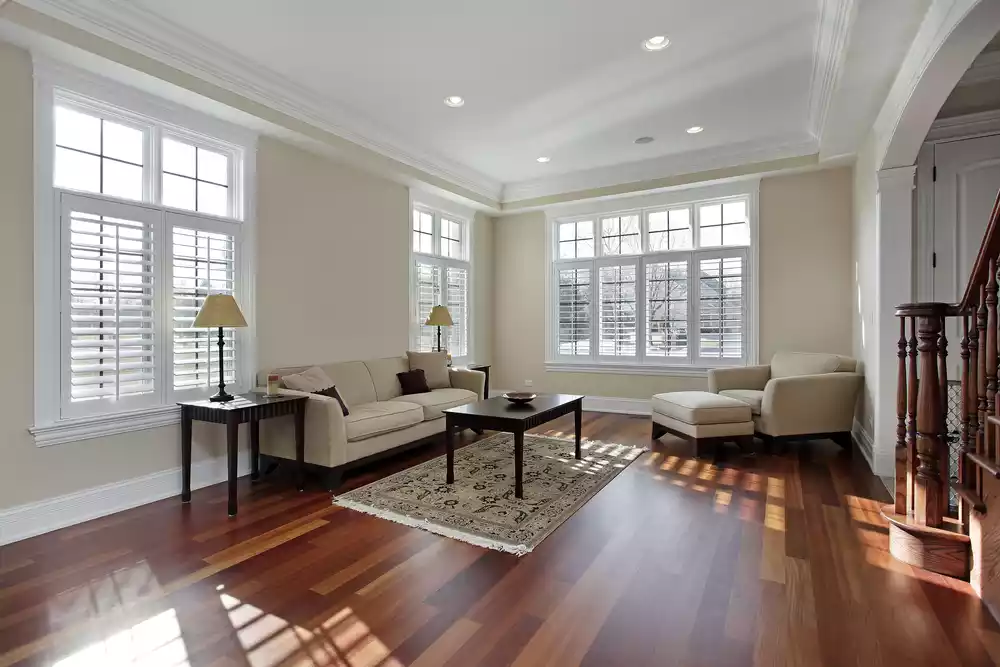Choosing the perfect hardwood flooring can feel overwhelming, especially when deciding between prefinished and unfinished options. Both have their own unique advantages, and the right choice often depends on your specific needs, preferences, and lifestyle. It’s not just about aesthetics—it’s about durability, installation time, and maintenance too.
Whether you’re drawn to the convenience of prefinished floors or the customization of unfinished ones, understanding their differences can help you pick what’s best for your home. Let’s dive into what sets them apart so you can feel confident in your choice.
Understanding Prefinished Hardwood Flooring
Prefinished hardwood flooring comes ready for installation with a factory-applied finish. This process eliminates on-site sanding and staining, offering convenience and consistency.
Key Features of Prefinished Hardwood
• Factory Finish: Manufacturers apply a durable, multi-layered finish, often including UV-cured coatings.
• Uniformity: The factory process creates an even surface texture and consistent stain color.
• Quick Installation: Pre-applied finishing reduces installation time significantly.
•Variety: Available in diverse wood species, finishes, and plank sizes.
Pros of Prefinished Hardwood
1.- Durability: Factory finishes typically hold up better against scratches and wear.
2.- Convenience: Installation is faster, with no need for sanding or staining at home.
3.-Healthier Environment: Home air quality stays cleaner, as there’s no on-site dust or odors.
4.-Consistent Finish: The factory-controlled environment ensures a flawless, smooth surface.
5.- Visible Seams: Micro-beveled edges may leave lines between boards.
6.- Limited Customization: On-site adjustments to color or finish aren’t possible.
7.- Potential Higher Cost: Initial prices per square foot can be higher than unfinished options.
8.- Refinishing Challenges: Sanding down the thicker factory coating may require more effort.
Understanding Unfinished Hardwood Flooring
Unfinished hardwood flooring offers flexibility in achieving custom finishes as it’s installed and finished on-site. Its raw state provides numerous design opportunities, making it a popular option for tailored flooring needs.
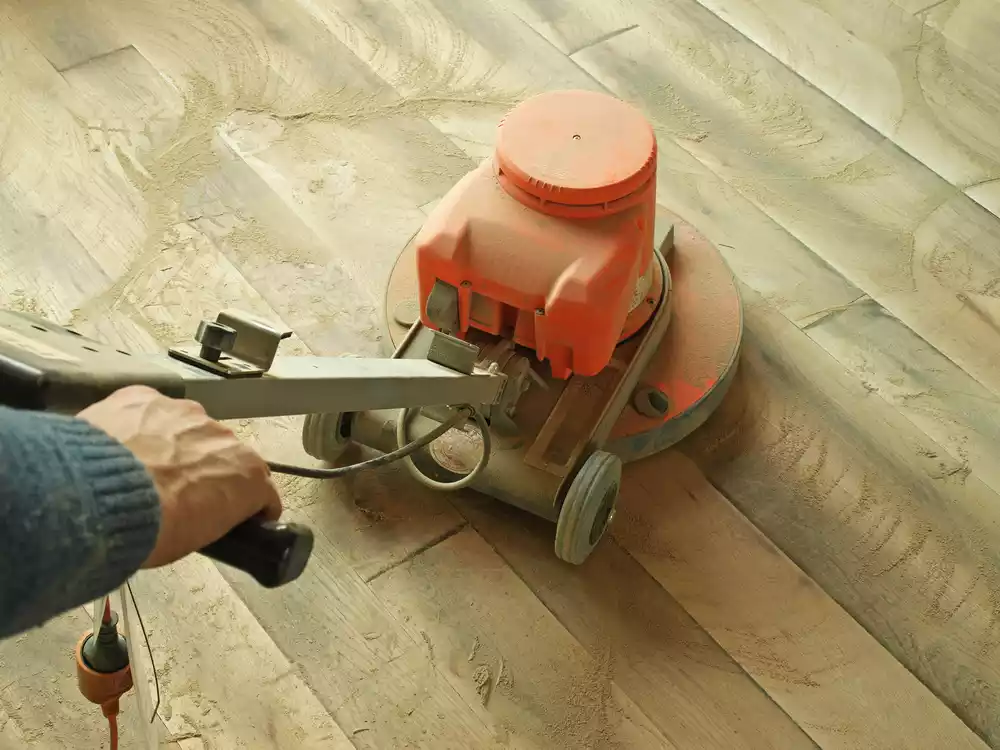
Key Features of Unfinished Hardwood
Unfinished hardwood flooring requires on-site sanding, staining, and sealing after installation. Its surface lacks a pre-applied factory finish, allowing full customization of color and texture. This type of flooring enables a seamless, flush appearance between planks and adjacent surfaces. It’s typically available in a wide range of wood species, accommodating diverse design preferences.
Pros of Unfinished Hardwood
• Custom Finishing Options: Achieving tailored colors and stains is easy, catering to specific design preferences.
• Seamless Installation: Edges can be sanded down for a level, integrated transition across planks and room boundaries.
• Local Repairs: Damages can be spot-fixed without impacting the surrounding finish.
• Cost Efficiency: Initial material costs are often lower than prefinished alternatives when local craftsmanship is utilized.
• Extended Installation Time: Sanding and finishing require more time compared to prefinished options.
• On-Site Mess and Odors: The sanding process generates dust, and finishing products may release strong odors.
• Durability Relies on Application: Inadequate on-site application may compromise resistance to scratches and spills.
• Air Quality Concerns During Finish: Unfinished flooring treatments release volatile organic compounds (VOCs) during installation.
Comparing Prefinished Vs Unfinished Hardwood FlooringPrefinished and
unfinished hardwood flooring both offer unique benefits, but their differences play a critical role in determining which option is better suited for specific projects.
Appearance and Customization
Prefinished hardwood flooring provides a uniform appearance due to its factory-applied finish. Variations in stain and texture are limited to the manufacturer’s options. If consistency and pre-determined aesthetics matter, this is ideal.
Unfinished hardwood flooring allows complete customization. Custom finishes, such as unique stains or specific sheen levels, can be achieved during on-site finishing. This option also enables toning to ensure seamless blending with existing wood or surrounding design elements.
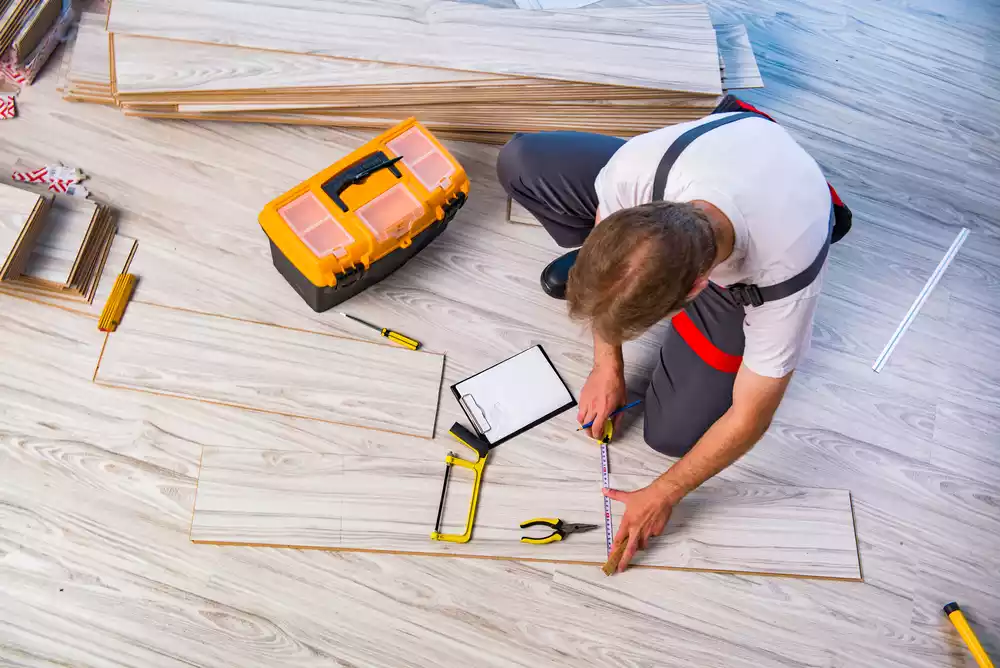
Installation Process
Prefinished flooring offers a quicker installation process since it arrives ready to install. Sanding and finishing are unnecessary, eliminating delays and reducing disruptions.
Unfinished flooring requires more time to install as sanding, staining, and sealing occur on-site. If project completion deadlines are tight, this could be a disadvantage.
Durability and Maintenance
Prefinished flooring often features a durable, factory-applied coating with aluminum oxide or UV-cured finishes designed to resist scratches and wear. However, refinishing may be more challenging due to these thicker coatings.
Unfinished flooring depends on the quality of the on-site finish. While it doesn’t achieve the same durability as factory finishes, its surface is easier to sand and refinish, prolonging its life with proper care.
Cost Considerations
Prefinished hardwood flooring usually has a higher upfront cost due to its factory-applied finish. The shorter installation time can reduce labor expenses and offset the initial price difference.
Unfinished hardwood is typically less expensive to purchase but incurs higher labor costs because of the hands-on finishing process. Long-term costs depend on maintenance and refinishing needs over time.
Which Hardwood Flooring Is Right For You?
Determining the right hardwood flooring depends on your specific priorities and household requirements. Assessing key factors, along with understanding the ideal applications of prefinished and unfinished hardwood, helps narrow down the best choice for your home.
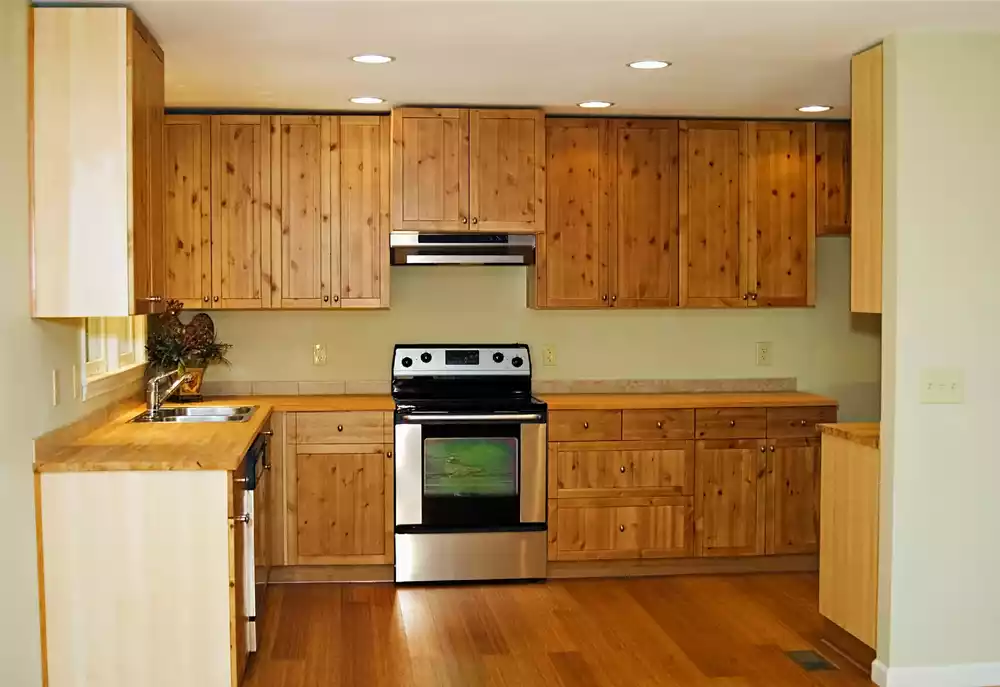
Factors to Consider When Choosing
Analyzing multiple elements ensures an informed decision. These are the most critical factors when selecting between prefinished and unfinished hardwood flooring:
• Time Constraints: Prefinished flooring is better if installation speed is essential since it arrives ready for use. Unfinished flooring demands more time due to on-site finishing.
• Design Preferences: For complete customization, such as matching specific stains or adjacent surfaces, unfinished flooring offers flexibility not found in prefinished options.
• Maintenance Requirements: Prefinished floors have a durable factory sealer, making them low maintenance. Unfinished floors might need frequent upkeep, depending on the finishing quality.
• Air Quality: Prefinished flooring minimizes VOC emissions since the finish is applied at the factory, while unfinished flooring can release VOCs during on-site sanding and finishing.
• Budget Considerations: Initial expenses are often lower for unfinished flooring, but prefinished options reduce labor and potential long-term costs by avoiding refinishing efforts.
Best Scenarios for Prefinished Hardwood
Prefinished hardwood excels in specific situations based on convenience and durability.
• Fast-Moving Projects: Prefinished flooring suits tight schedules where immediate use is critical due to factory-applied finishes and no curing time.
• Homes with High Traffic: Its multi-layered finish resists wear and tear, making it ideal for areas like living rooms and hallways.
• Improved Indoor Air Quality: For environments sensitive to chemicals, prefinished options eliminate on-site VOC emissions from finishes.
• Uniform Appearance Needs: It provides consistent color and texture, fitting seamlessly in spaces prioritizing a polished, uniform look.
Best Scenarios for Unfinished Hardwood
Unfinished hardwood is a better fit where customization and seamless installation are priorities.
• Restoration or Remodeling Projects: When matching existing hardwood or adjacent surfaces, unfinished flooring provides the flexibility required for custom stains.
• Unique Design Goals: Bespoke finishes or textures often favor unfinished floors, allowing designers to create tailored results.
• Historic Homes or Transitions: Seamless integration with irregular spaces or older floor designs benefits from on-site sanding and finishing.
• Localized Damage Repair: Repairing small sections without redoing the entire floor is more straightforward with unfinished hardwood.
Choosing between prefinished and unfinished hardwood involves aligning your needs and context with the characteristics of each type. Consider these factors and scenarios to ensure the best fit for your flooring investment.
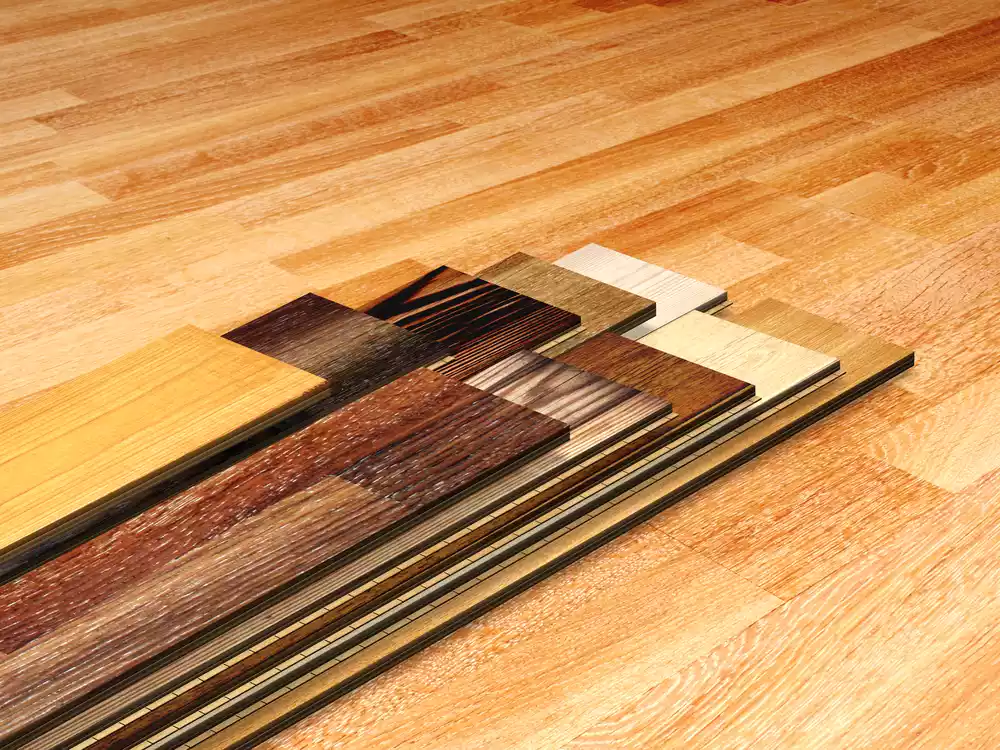
Making the Right Choice for Your Home
Choosing between prefinished and unfinished hardwood flooring ultimately comes down to what works best for your specific needs and lifestyle. Both options have their own set of benefits and challenges, so it’s essential to weigh factors like installation time, durability, customization, and budget.
By understanding the unique features of each type, you’ll be better equipped to make a decision that complements your home and aligns with your long-term goals. Whether you prioritize convenience or customization, the right flooring choice will add beauty and value to your space for years to come.

